Home>Home Maintenance>What Happens If Due Diligence Is Over And The Buyer Wants To Do Another Inspection?
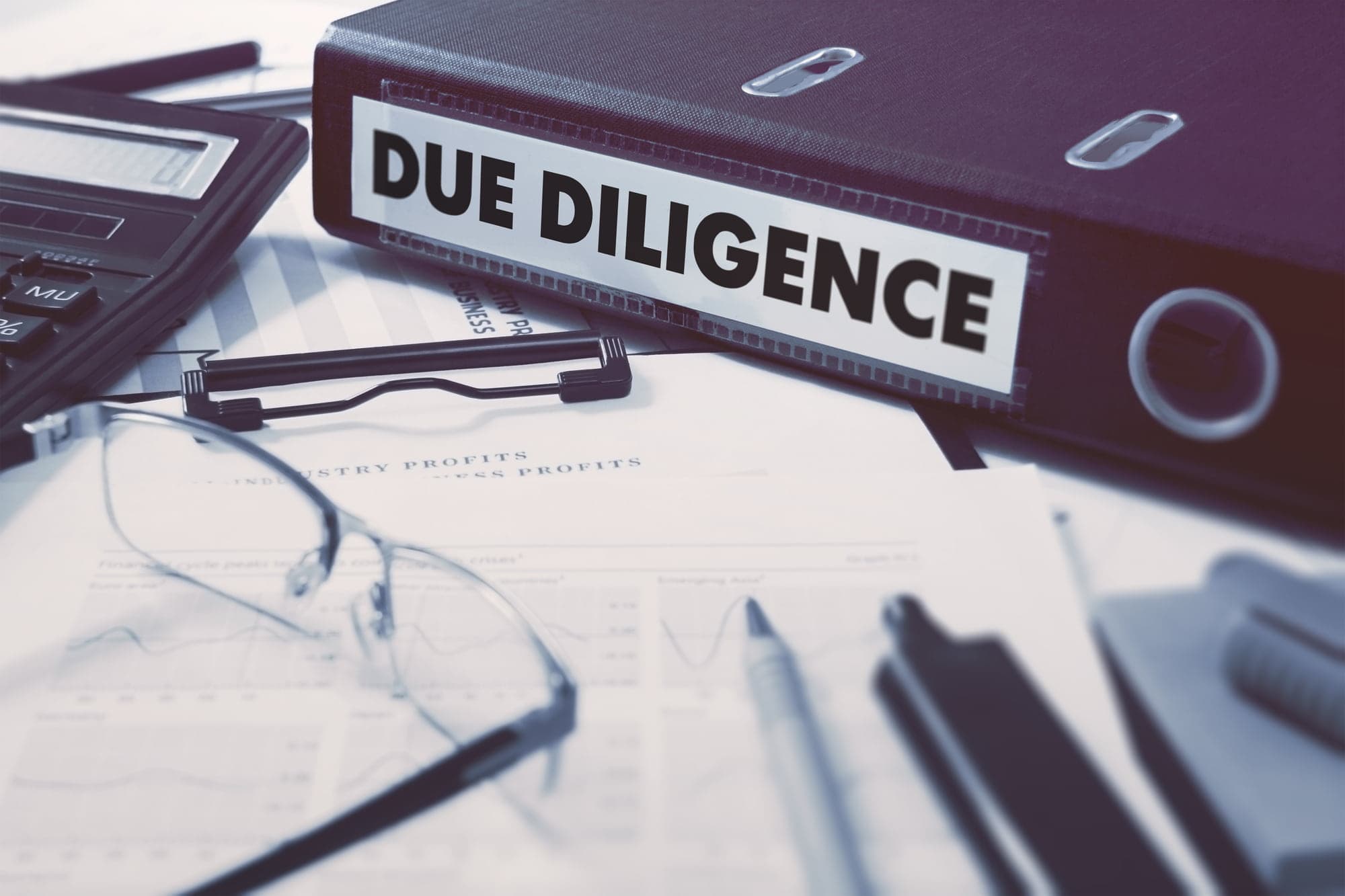

Home Maintenance
What Happens If Due Diligence Is Over And The Buyer Wants To Do Another Inspection?
Modified: March 6, 2024
Learn what happens when the buyer requests another home inspection after the due diligence period. Ensure a smooth home maintenance process with our expert advice.
(Many of the links in this article redirect to a specific reviewed product. Your purchase of these products through affiliate links helps to generate commission for Storables.com, at no extra cost. Learn more)
Introduction
Welcome to our comprehensive guide on what happens if due diligence is over and the buyer wants to do another inspection. When it comes to purchasing a home, due diligence is a crucial step in the process. It involves thoroughly examining the property and its related documents to ensure that everything is in order and meets the buyer’s expectations. However, despite completing the due diligence process, there may be situations where the buyer wants to conduct another inspection.
In this article, we will delve into the reasons why a buyer might request another inspection after the due diligence period has ended. We will also explore the seller’s response and provide insights on negotiating terms, scheduling the additional inspection, and how the findings can impact the negotiations. Additionally, we will discuss the process of resolving discrepancies that may arise during the additional inspection and how it can ultimately lead to finalizing the transaction.
So, if you find yourself in a situation where the buyer wants to do another inspection after the due diligence period, keep reading to gain a deeper understanding of the process and navigate it effectively.
Key Takeaways:
- Buyers may request another inspection after due diligence for various reasons, such as discovering new issues, verifying repairs, or reassessing the property. Open communication and negotiation are crucial for reaching a fair resolution.
- Resolving discrepancies found during the additional inspection is essential for finalizing the home buying process. Both buyers and sellers should work together, communicate openly, and document agreements to ensure a smooth and successful closing.
Understanding Due Diligence
Before delving into what happens if the buyer wants to do another inspection after the due diligence period, let’s first understand the significance of due diligence in a home purchase. Due diligence is an essential step in the home buying process that allows the buyer to thoroughly assess the property’s condition, potential issues, and gather relevant information.
During the due diligence period, the buyer has the opportunity to review important documents related to the property, such as the title documents, property survey, HOA regulations, and any existing leases or contracts. Additionally, they can conduct inspections, such as a home inspection, pest inspection, and radon test, to uncover any hidden issues that may not be visible during a casual walkthrough.
The primary purpose of due diligence is to ensure that the buyer has a comprehensive understanding of the property’s condition and any legal or financial implications associated with it. It allows the buyer to make an informed decision regarding the purchase and negotiate any necessary repairs or adjustments with the seller.
Typically, the due diligence period is agreed upon during the negotiation phase and can range from a few days to a few weeks, depending on the terms of the purchase agreement. Once the due diligence period ends and the buyer proceeds with the purchase, it is generally understood that the buyer has accepted the property in its current condition.
However, there may be instances where the buyer feels the need for another inspection even after the due diligence period has ended. Let’s explore the reasons behind this and how it can impact the buying process.
Completing Due Diligence
Completing due diligence is a critical step in the home buying process. During this period, the buyer and their team of professionals thoroughly investigate various aspects of the property to ensure that there are no hidden issues or surprises that could affect the value or livability of the home.
One of the most common aspects of due diligence is the home inspection. This involves hiring a qualified inspector who examines the property’s structure, systems, and overall condition. The inspector will provide a detailed report that outlines any deficiencies, maintenance issues, or potential problems that may need to be addressed.
In addition to a home inspection, it is also common for buyers to conduct additional inspections such as pest inspections, radon testing, mold inspections, and more, depending on the specific concerns or requirements for the property.
During the due diligence period, the buyer will also review essential documents related to the property, such as the title report, property survey, HOA rules and regulations, as well as any disclosures provided by the seller. This thorough review allows the buyer to understand any legal or financial implications associated with the property.
Once all the inspections and document reviews are complete, the buyer will typically have a period of time to analyze the findings and decide if they are comfortable moving forward with the purchase. If significant issues are uncovered during due diligence, the buyer may choose to negotiate with the seller to address these concerns or, in some cases, even terminate the purchase agreement.
It’s important to note that completing due diligence does not mean that the buyer has immediate control over the property. Until the closing process is complete, the seller still retains ownership and control of the home. However, completing due diligence provides the buyer with the necessary information and leverage to make informed decisions and negotiate for repairs or concessions, if needed.
Now that we have discussed what completing due diligence entails, let’s explore why a buyer may request another inspection after this period has ended.
Buyer’s Request for Another Inspection
It is not uncommon for buyers to request another inspection even after the due diligence period has ended. There can be several reasons why a buyer may feel the need to conduct another inspection before finalizing the purchase of a home.
One common reason for a buyer’s request for another inspection is if there have been significant changes to the property since the initial inspection. For example, if the property underwent repairs or renovations after the initial inspection, the buyer may want to ensure that the work was completed satisfactorily and that there are no new issues that have arisen as a result of the changes.
Additionally, a buyer may request another inspection if new concerns or doubts have surfaced after completing the initial due diligence. For example, if the buyer has discovered potential structural issues or hidden problems that were not uncovered during the initial inspection, they may want to conduct further investigations to gain a better understanding of the situation.
Another reason for requesting another inspection could be if the buyer experienced delays in the purchasing process. If there have been significant delays between the completion of due diligence and the closing date, the buyer may feel it is necessary to re-evaluate the property’s condition to ensure that there have been no changes or issues that have arisen during the intervening period.
Ultimately, the buyer’s request for another inspection stems from their desire to make an informed decision and ensure that they are making a sound investment. By conducting thorough inspections, the buyer can mitigate potential risks and address any concerns that may arise before committing to the purchase.
However, it’s important to note that the seller may not always be open to the buyer’s request for another inspection. The next section will explore the potential response from the seller in such situations.
Reasons for Requesting Another Inspection
There are several valid reasons why a buyer may request another inspection after the due diligence period has ended. These reasons can vary depending on the specific circumstances of the property and the buyer’s concerns. Here are some common reasons for requesting another inspection:
- Newly discovered issues: Sometimes, after completing the initial due diligence, buyers may uncover new concerns or issues that were not apparent during the first inspection. These could include hidden structural problems, mold growth, or plumbing issues. In such cases, the buyer may want to further investigate these problems before proceeding with the purchase.
- Completed repairs or renovations: If the seller has made repairs or renovations to the property since the initial inspection, the buyer may want to verify that the work has been done satisfactorily. Conducting another inspection can help ensure that the repairs or renovations have been completed correctly and that any related issues have been addressed.
- Delayed closing: If there have been unforeseen delays in the closing process, such as financing complications or issues with the title, the buyer may request another inspection to ensure that the property remains in the same condition as when the initial inspection was conducted. This is particularly relevant if a significant amount of time has passed between the initial inspection and the closing date.
- Reassessment of property value: In some cases, a buyer may request another inspection to reassess the value of the property. This may occur if market conditions have changed significantly since the initial inspection or if the buyer believes that the property’s value has been impacted by unforeseen factors. By conducting another inspection, the buyer can gather additional information to justify a potential renegotiation of the purchase price.
These are just a few examples of the reasons why a buyer may request another inspection. It is important to note that each situation is unique, and the buyer’s motivation for the request may vary. The buyer should communicate their concerns clearly and work with their real estate agent to negotiate the feasibility and terms of conducting another inspection with the seller.
Now, let’s discuss how the seller may respond to the buyer’s request for another inspection.
Seller’s Response
When a buyer requests another inspection after the due diligence period has ended, the seller’s response can vary depending on the circumstances and their willingness to accommodate the request. Here are a few possible scenarios for the seller’s response:
- Acceptance: In some cases, the seller may be open to the buyer’s request and agree to allow another inspection. This could be due to a desire to maintain goodwill during the transaction or to address any legitimate concerns raised by the buyer. If the seller agrees, they will typically work with the buyer to schedule the inspection at a mutually convenient time.
- Refusal: On the other hand, the seller may refuse the buyer’s request for another inspection. This could be due to various reasons, such as a belief that the initial inspection was sufficient or a concern that the buyer is trying to renegotiate the terms of the contract. If the seller refuses, they may provide reasons for their decision and express their willingness to address any specific concerns raised by the buyer without the need for another inspection.
- Compromise: In some situations, the seller and buyer may reach a compromise regarding the request for another inspection. For example, the seller may agree to allow another inspection but require the buyer to cover the costs associated with it. This compromise allows the buyer to conduct a thorough assessment while addressing the seller’s concerns about additional expenses.
It’s important to note that the seller’s response can significantly impact the negotiation process and the overall outcome of the transaction. Communication between both parties is key to finding a resolution that is fair and satisfactory to both the buyer and the seller.
If the seller agrees to the buyer’s request for another inspection, the next step is to negotiate the terms and schedule the inspection, which we will explore in the following sections.
Remember that every real estate transaction is unique, and the seller’s response will depend on various factors, such as the market conditions, the property’s condition, and the motivation of the seller. Open and respectful communication between both parties is crucial to finding a mutually agreeable solution.
Negotiating Terms
When it comes to negotiating the terms for conducting another inspection, both the buyer and the seller must communicate and find a mutually agreeable solution. Here are some important factors to consider during the negotiation process:
- Coverage of inspection costs: The cost of another inspection can be a point of negotiation between the buyer and the seller. The buyer may request the seller to cover the entire cost, especially if there are legitimate concerns that need to be addressed. On the other hand, the seller may agree to cover a portion of the cost or require the buyer to take full responsibility for the expenses.
- Scope of the inspection: It is essential to clearly communicate and agree upon the scope of the additional inspection. The buyer should specify the areas or concerns they want the inspector to focus on, ensuring that the inspection covers any specific issues that arose after the initial due diligence. The seller may have input in defining the scope to understand the buyer’s concerns better.
- Timeline for the inspection: Both the buyer and the seller need to agree on a timeline for conducting the additional inspection. This includes determining the date, time, and duration of the inspection. It is crucial to find a mutually convenient time that allows both parties to coordinate their schedules and ensures minimal disruption to the seller’s routine.
- Access to the property: The buyer and the seller must agree on the logistics and access arrangements for the inspector to conduct the additional inspection. This includes discussing how the inspection process will be coordinated, ensuring that the seller or their representative allows access to the property, and addressing any security or safety concerns that may arise.
- Documentation of the findings: Once the additional inspection is completed, the buyer should expect a detailed report outlining the findings. It is important to agree on how these findings will be documented and shared with both parties. This report will serve as a basis for further negotiations or discussions on potential repairs, adjustments, or any necessary actions based on the inspection results.
Remember that negotiation is a give-and-take process, and finding a compromise that satisfies both parties is essential. It is advisable to work with experienced real estate professionals, such as real estate agents or attorneys, who can provide guidance and help facilitate the negotiation process.
Once the terms are agreed upon, the next step is to schedule the additional inspection, which we will discuss in the following section.
It’s important for the buyer to communicate with the seller and their real estate agent to discuss the reasons for wanting another inspection. The seller may agree to another inspection if there are valid concerns, but it’s important to approach the situation with transparency and open communication.
Scheduling the Additional Inspection
Once the buyer and the seller have reached an agreement on the terms of conducting an additional inspection, the next step is to schedule the inspection. Here are some important considerations during the scheduling process:
- Coordinating schedules: Both the buyer and the seller need to coordinate their schedules to find a mutually convenient time for the inspection. It is important to consider the availability of all parties involved, including the buyer, the seller, the inspector, and any necessary representatives.
- Notification to the seller: The buyer should provide the seller with sufficient notice regarding the date and time of the inspection. This will allow the seller to make necessary arrangements, such as ensuring access to the property and preparing the space for the inspection.
- Length of the inspection: The buyer should have an estimate of how long the additional inspection is expected to take. This will help with scheduling and ensure that both the buyer and the seller can plan their day accordingly. It is advisable to leave ample time for the inspection, especially if a comprehensive assessment is required.
- Access to the property: The buyer should communicate with the seller to ensure that the inspector will have full access to the property during the scheduled inspection. This includes arranging for the seller or their representative to be present at the agreed-upon time and providing any necessary access codes or keys.
- Respecting privacy: It is important for both the buyer and the inspector to respect the seller’s privacy and property. The inspector should be mindful of their actions and avoid causing unnecessary damage or disturbance during the inspection. Additionally, the buyer should ensure that the inspector adheres to any specific instructions or guidelines provided by the seller.
By effectively scheduling the additional inspection and maintaining clear communication between all parties involved, the process can proceed smoothly and efficiently. This will allow the buyer to gain the necessary insights and information to make an informed decision about the property.
Once the inspection is scheduled and completed, the next step is to assess the findings and determine their impact on the negotiation process, which we will explore in the following section.
Conducting the Additional Inspection
After successfully scheduling the additional inspection, it’s time for the inspection itself. This phase involves a thorough examination of the property to address the buyer’s concerns or any new issues that have arisen since the initial due diligence period. Here’s some important information about conducting the additional inspection:
- Hiring a qualified inspector: It’s crucial to hire a qualified and experienced inspector who specializes in the type of inspection needed for the specific concerns identified. The inspector should have a keen eye for detail and possess the necessary knowledge to identify and evaluate any potential issues.
- Following the defined scope: The inspector should conduct the inspection according to the agreed-upon scope. This ensures that the specific concerns or areas of interest identified by the buyer are thoroughly examined. The scope may include re-evaluating previously inspected areas or focusing on new issues that have arisen since the initial inspection.
- Documenting findings: The inspector will document their findings during the inspection. This typically involves taking detailed notes, photographs, and measurements to accurately capture any issues or concerns discovered. This documentation will be crucial for further evaluation and potential negotiations with the seller.
- Communication with the buyer: The inspector should maintain open communication with the buyer throughout the inspection process. If any significant issues or concerns are identified, the inspector should inform the buyer promptly. This allows the buyer to have a clear understanding of the property’s condition and make informed decisions based on the inspection findings.
- Respecting the seller’s property: It’s important for the inspector and the buyer to treat the seller’s property with respect during the inspection. This includes adhering to any guidelines provided by the seller, avoiding unnecessary damage, and minimizing disruption as much as possible.
Remember, the purpose of conducting the additional inspection is to gather essential information that can impact the negotiation process and help the buyer make informed decisions. The inspection results will be vital in determining any necessary repairs, modifications, or adjustments to be negotiated with the seller.
With the additional inspection completed and the findings documented, the next step is to assess the impact of these findings on the negotiation process, which we’ll discuss in the following section.
Findings and Impact on Negotiations
Once the additional inspection is conducted and the findings are documented, it’s time to assess the impact of these findings on the negotiation process. The inspection results can significantly influence how negotiations proceed and the terms of the final agreement. Here’s how the findings can impact negotiations:
- Identification of significant issues: If the inspection reveals significant issues that were previously unknown or not adequately addressed during the initial due diligence, it may impact the buyer’s perception of the property’s value. The buyer may request repairs, replacements, or financial concessions from the seller to address these issues.
- Negotiating repairs or credits: Depending on the findings, the buyer may negotiate with the seller to cover the cost of necessary repairs or provide credits at closing to offset the expenses associated with addressing the issues. These negotiations can involve assessing the seriousness of the problems, obtaining repair estimates, and determining a fair solution that satisfies both parties.
- Termination of the contract: In more severe cases where the inspection reveals significant structural issues or undisclosed problems that materially impact the property’s value or safety, the buyer may choose to terminate the contract altogether. This is typically done if the seller is unable or unwilling to address the identified issues to the buyer’s satisfaction.
- Reevaluation of the purchase price: The inspection findings can prompt a reevaluation of the purchase price, especially if the issues discovered would significantly impact the property’s value. The buyer may request a reduction in the purchase price to reflect the cost of necessary repairs or the diminished value of the property due to undisclosed defects.
- Renegotiation of contract terms: Depending on the severity of the inspection findings, the buyer and seller may need to renegotiate certain terms of the purchase agreement. This can involve adjusting the closing date, extending the due diligence period, or revising contractual clauses to address the identified issues.
It’s important for the buyer and seller to approach the negotiation process with open communication and a willingness to find a mutually beneficial solution. Both parties should consider the inspection findings, assess their options, and work together to reach an agreement that addresses any necessary repairs, adjustments, or amendments to the contract.
Having professional representation, such as a real estate agent or attorney, can provide valuable guidance during the negotiation process. These professionals can help navigate the complexities of the negotiation, advocate for their client’s best interests, and facilitate a fair and successful resolution.
Once the negotiations are completed and a resolution is reached, the next step is to finalize the transaction, which we will explore in the following section.
Resolving Discrepancies
During the negotiation process, resolving discrepancies that arise from the inspection findings is a crucial step in finalizing the transaction. Here are some key factors to consider when working towards a resolution:
- Open and respectful communication: Effective communication between the buyer and the seller is essential. Both parties should openly and respectfully express their concerns, desires, and proposed solutions. Clear and constructive communication can help bridge any gaps and facilitate a resolution that is satisfactory to both parties.
- Evaluating the severity of the issues: It’s important to evaluate the severity and impact of the discrepancies uncovered during the inspection. Some issues may be relatively minor and easily resolved, while others may require more substantial repairs or concessions. Understanding the significance of the problems will guide the negotiation process and potential solutions.
- Obtaining professional opinions: In some cases, it may be necessary to seek professional opinions or additional inspections for a more comprehensive assessment of the identified issues. This can provide both parties with a better understanding of the scope of the problems and potential solutions, helping to facilitate a fair resolution.
- Negotiating repairs, adjustments, or credits: Once the severity of the discrepancies is determined, the buyer and seller can negotiate the terms of repairs, adjustments, or credits to address the identified issues. This negotiation can involve considering the expected costs, obtaining estimates from qualified professionals, and reaching a mutually agreed-upon resolution that satisfies both parties.
- Setting realistic expectations: It’s important to set realistic expectations during the resolution process. Both the buyer and the seller should understand that achieving a perfect outcome may not always be possible. Flexibility and compromise from both sides can lead to a successful resolution and the eventual closing of the transaction.
- Documenting the agreed-upon resolution: It is crucial to document any agreed-upon resolution in writing to avoid misunderstandings or disputes later on. This documentation should clearly outline the terms and conditions agreed upon by both parties, ensuring that both the buyer and the seller have a clear understanding of their obligations.
By diligently addressing and resolving discrepancies that arise from the inspection findings, both the buyer and the seller can move forward with confidence in the transaction. It demonstrates a commitment to transparency, fairness, and cooperation, ultimately leading to a successful and harmonious closing process.
Once the discrepancies are resolved and the agreements are documented, the final step is to proceed with completing the transaction, which we will explore in the next section.
Finalizing the Transaction
After resolving the discrepancies that were uncovered during the inspection and reaching an agreement between the buyer and the seller, it’s time to finalize the transaction. Here are the key steps involved in this process:
- Updating the purchase agreement: Once the resolution has been reached, it’s important to update the purchase agreement to reflect the agreed-upon terms. This may include amendments regarding repairs, adjustments, or credits that have been negotiated as a result of the inspection findings.
- Scheduling repairs: If repairs are required to address the identified issues, the buyer and the seller should coordinate to schedule the necessary repairs. It’s important to ensure that the repairs are completed by qualified professionals and documented appropriately for future reference.
- Verifying completion of repairs: After the repairs have been completed, it’s essential for the buyer to verify that the agreed-upon repairs have been performed to their satisfaction. This may involve a follow-up inspection or obtaining documentation from the professionals who performed the repairs.
- Reevaluation and renegotiation (if necessary): In some cases, after the completion of repairs, the buyer may want to reevaluate the property to ensure that the issues have been adequately resolved. If there are still concerns or discrepancies, further negotiations may be required to reach a fair and satisfactory resolution.
- Final walkthrough: Before the closing, it’s customary for the buyer to conduct a final walkthrough of the property. This allows them to ensure that the property is in the agreed-upon condition, the repairs have been completed, and there are no new issues that have arisen since their last visit.
- Closing process: The closing is the final step in finalizing the transaction. It typically involves the transfer of funds, signing of the necessary paperwork, and the official transfer of ownership from the seller to the buyer. This is usually facilitated by a closing agent or attorney, ensuring that all legal and financial obligations are met.
By carefully following these steps, both the buyer and the seller can confidently proceed with finalizing the transaction. Comprehensive communication, adherence to the agreed-upon terms, and working together in good faith are key to ensuring a successful and smooth closing process.
It’s important to note that the specific details of the finalization process can vary depending on local laws, customs, and the specifics of the purchase agreement. It is recommended to consult with a qualified real estate professional or attorney to guide you through the finalization process and ensure that all necessary steps are adequately addressed.
Congratulations! With the transaction finalized, the buyer can now take possession of their new home, and the seller can move forward with their plans.
Conclusion
Completing due diligence and navigating the home buying process is an extensive and essential endeavor. While the due diligence period provides an opportunity for the buyer to thoroughly inspect the property and assess its condition, there may be instances where the buyer wants to conduct another inspection after this period has ended.
In this comprehensive guide, we explored the reasons why a buyer may request another inspection and discussed the potential responses from the seller. We delved into the importance of effective communication, negotiation, and compromise to reach a resolution that satisfies both parties. We also discussed the process of finalizing the transaction, including updating the purchase agreement, scheduling repairs, and conducting a final walkthrough.
When confronted with the need for another inspection, it is crucial for the buyer and the seller to approach the situation with an open mind and a willingness to find a fair and mutually beneficial solution. Clear and respectful communication, along with the assistance of qualified professionals, can help guide the negotiation process and ensure that all parties are satisfied with the outcome.
Remember, the goal is to achieve a successful closing, whereby the buyer can confidently move forward with their new home and the seller can complete their sale. By carefully navigating the additional inspection process and addressing any discrepancies that arise, both parties can achieve a smooth and harmonious transition.
As with any real estate transaction, it is advisable to seek guidance from experienced professionals such as real estate agents, attorneys, and certified inspectors who can provide valuable insights and assistance throughout the process.
We hope this guide has provided you with a comprehensive understanding of what happens if due diligence is over, and the buyer wants to conduct another inspection. Remember, thoroughness and effective communication are key to ensuring a successful and satisfying home buying experience.
Frequently Asked Questions about What Happens If Due Diligence Is Over And The Buyer Wants To Do Another Inspection?
Was this page helpful?
At Storables.com, we guarantee accurate and reliable information. Our content, validated by Expert Board Contributors, is crafted following stringent Editorial Policies. We're committed to providing you with well-researched, expert-backed insights for all your informational needs.

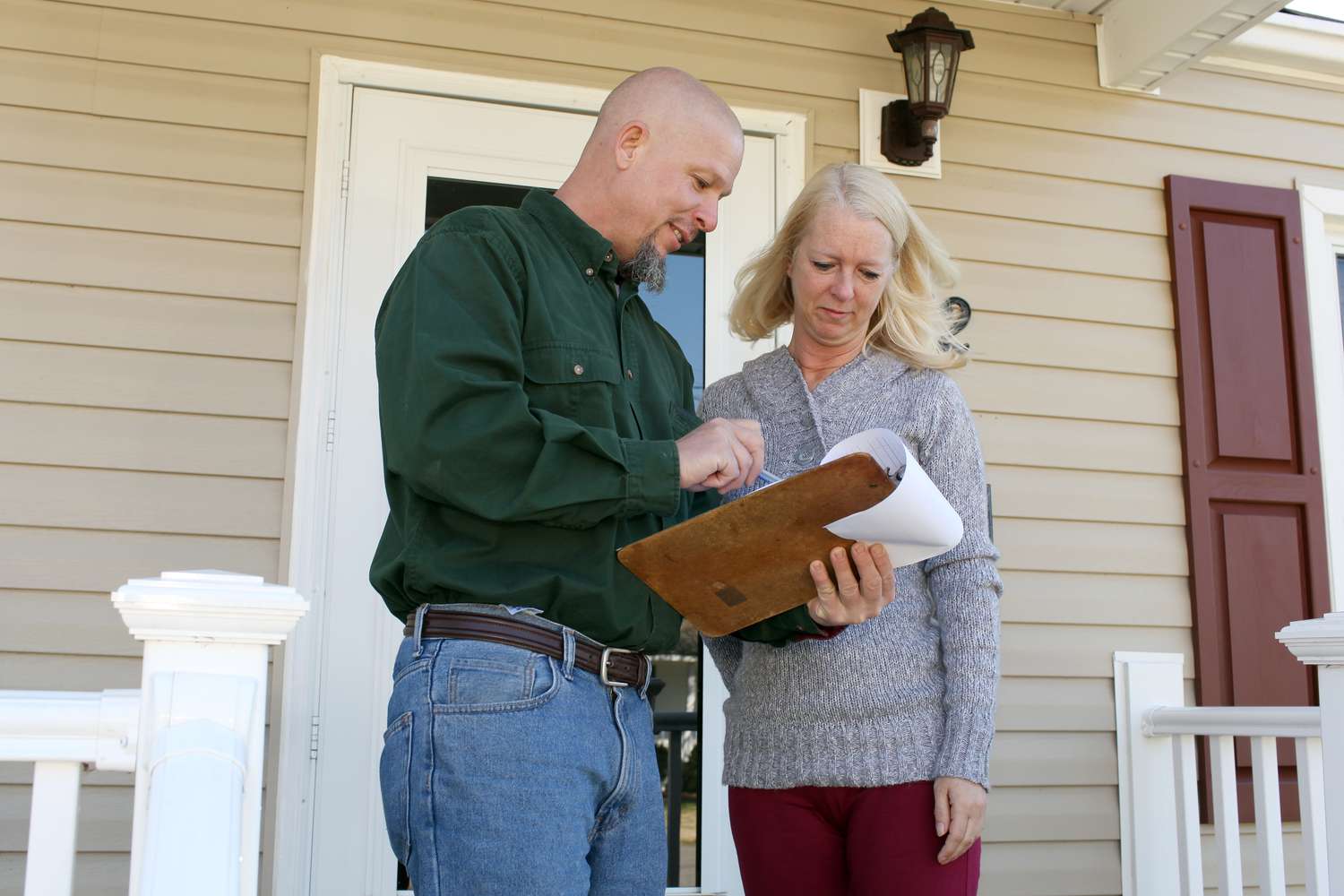



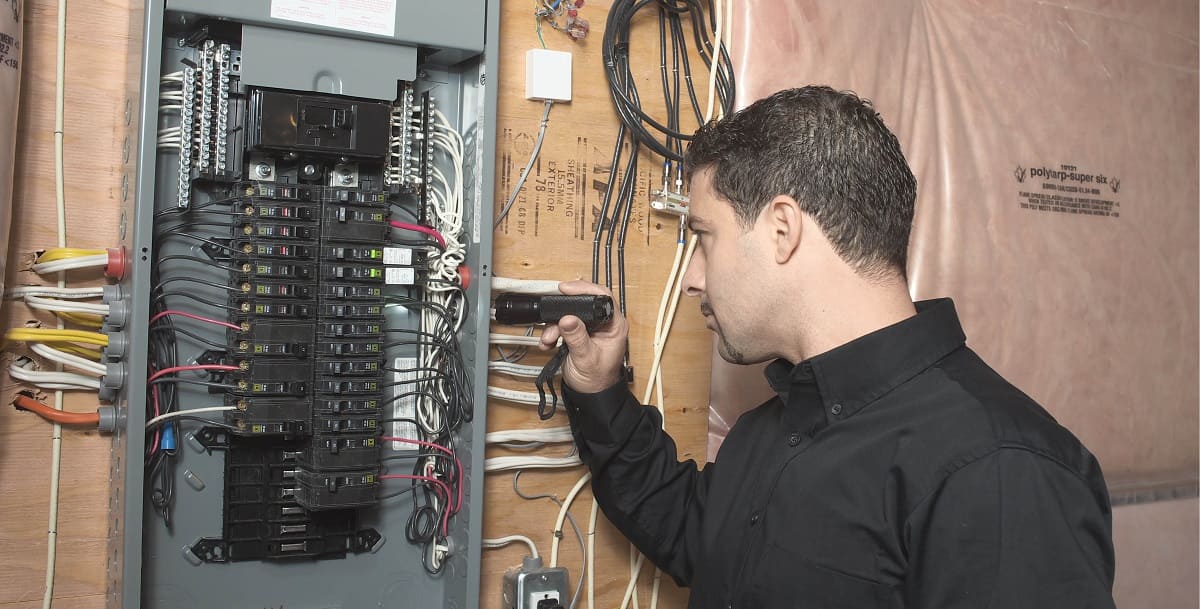


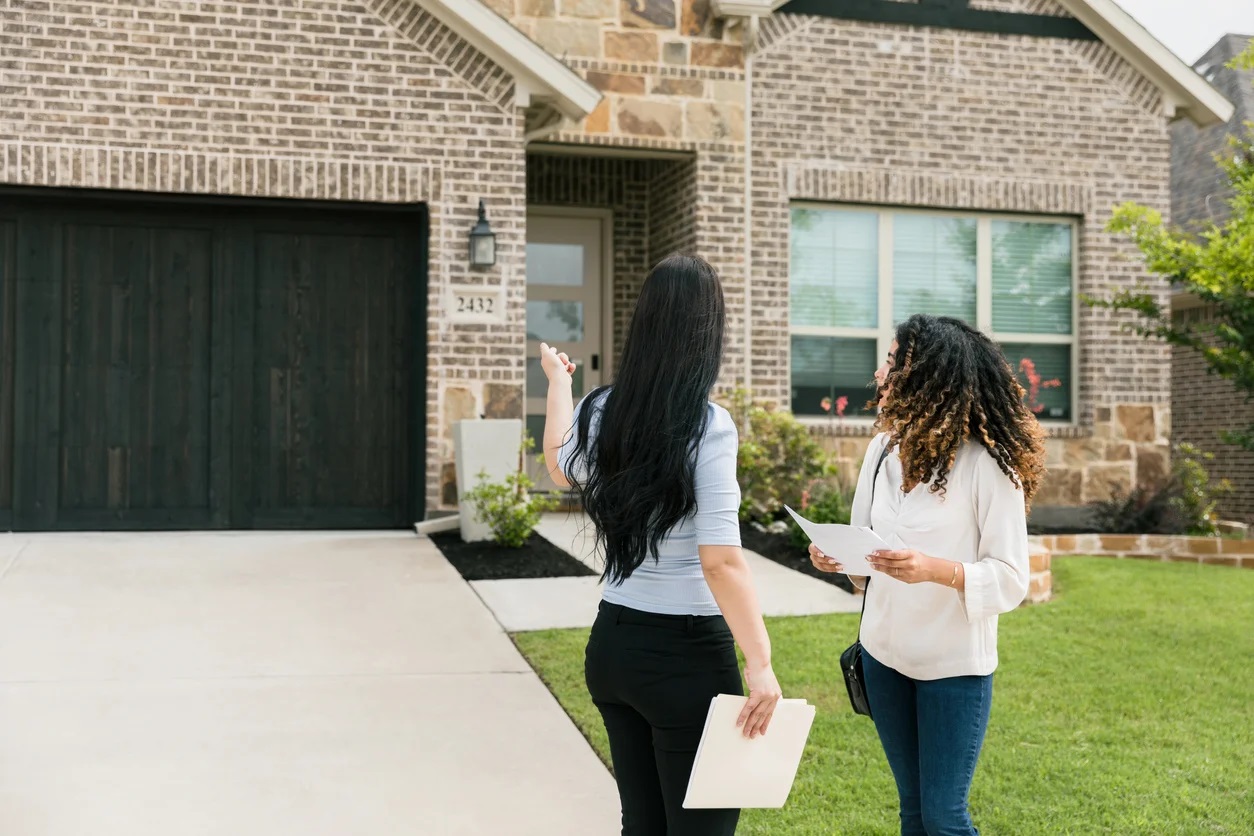
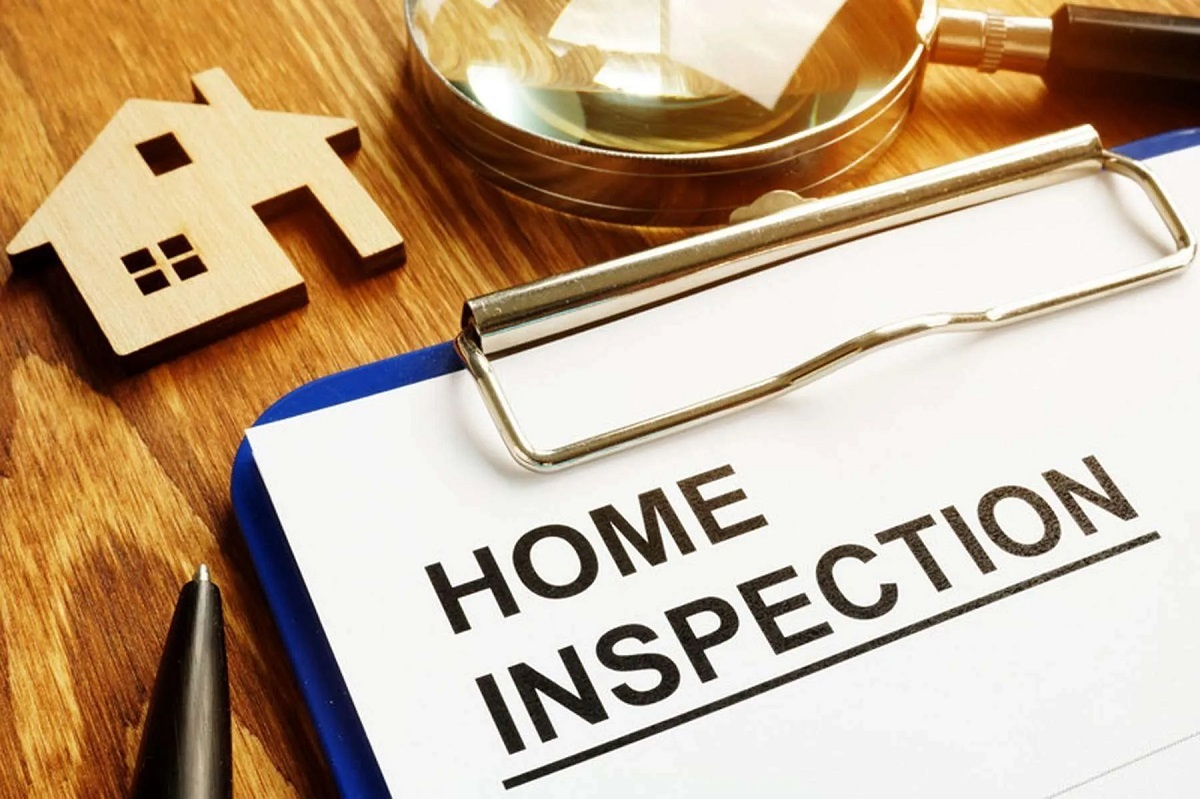

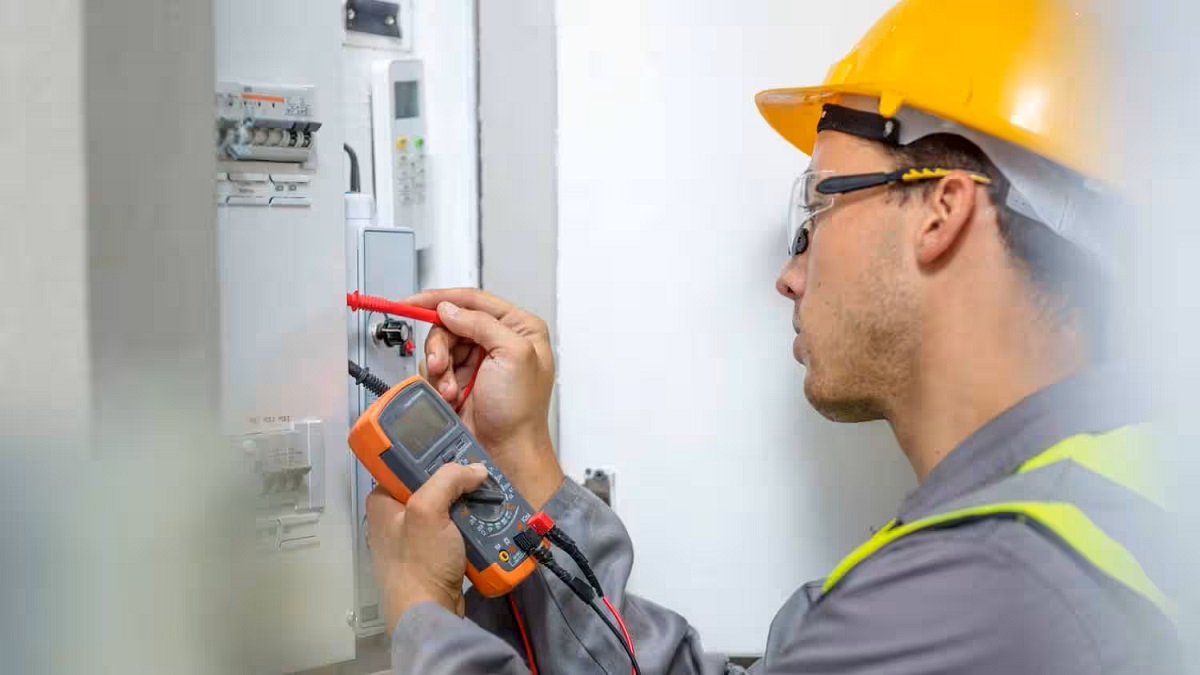
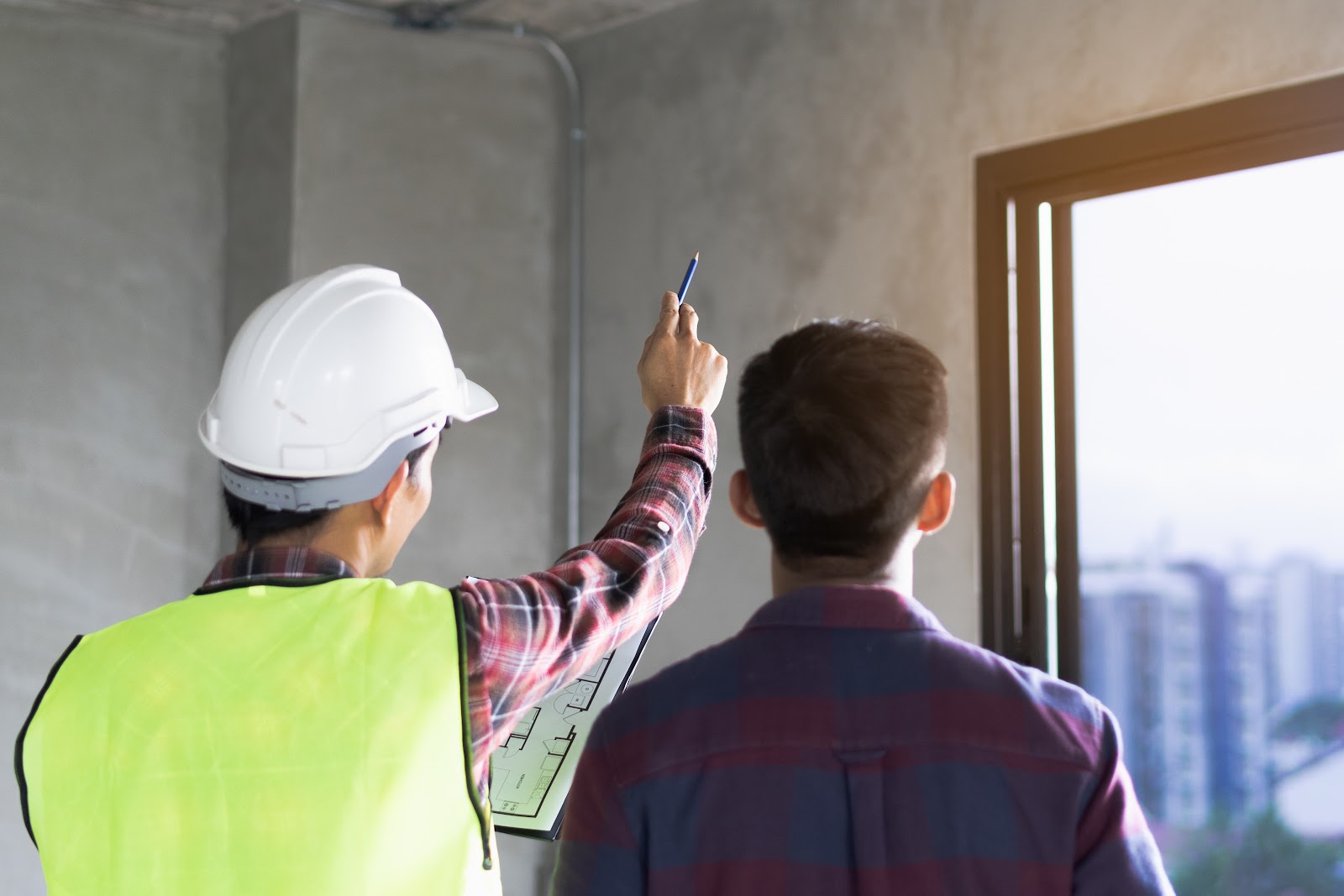

0 thoughts on “What Happens If Due Diligence Is Over And The Buyer Wants To Do Another Inspection?”